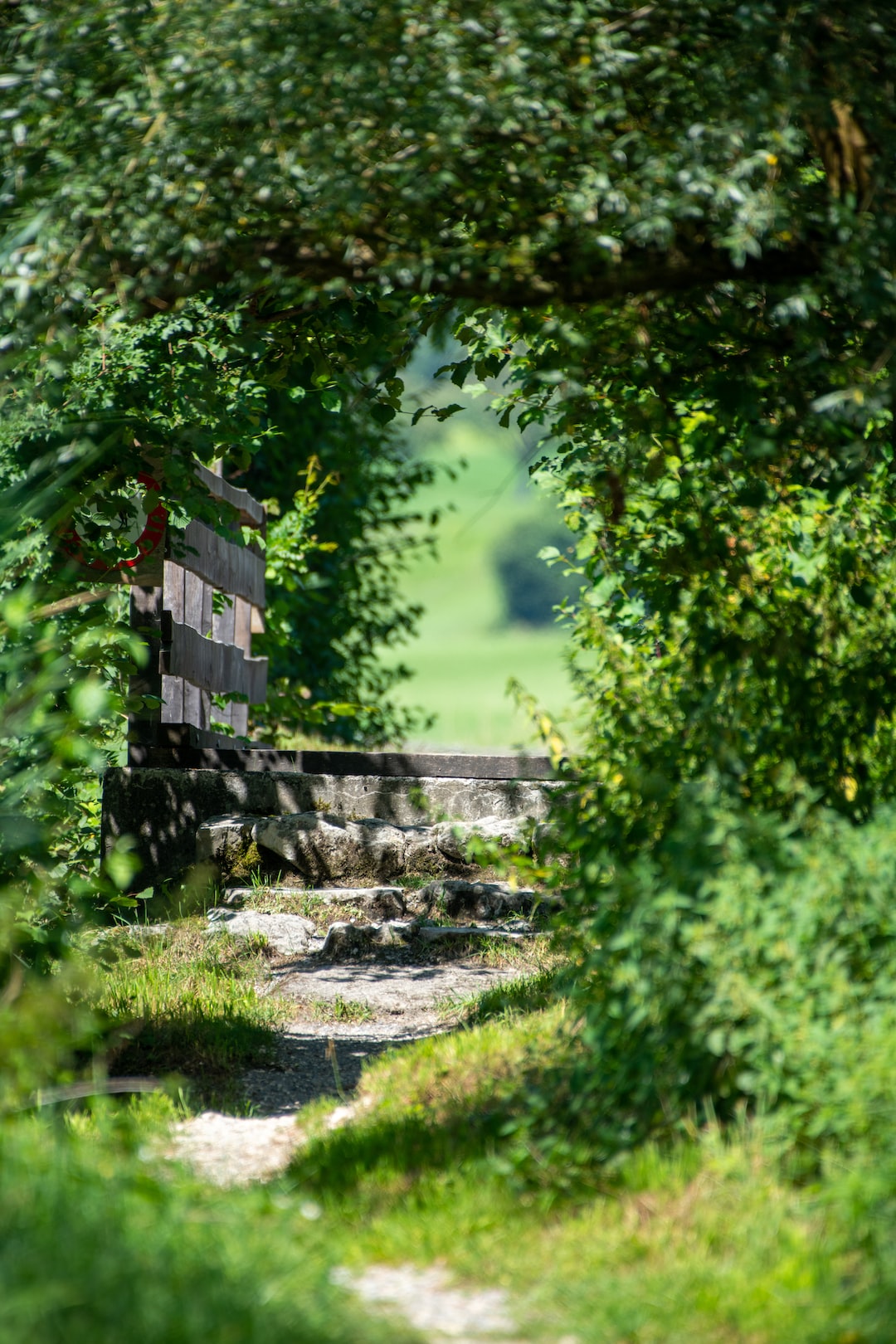The Art of Pruning: Techniques for a Beautifully Shaped Garden
A well-maintained garden can add immense beauty and serenity to any home. Nurturing your plants, flowers, and trees is an essential aspect of gardening, but equally important is the art of pruning. Pruning not only helps maintain the shape and size of your plants but also encourages healthy growth and enhances the overall aesthetics of your garden.
Pruning is the process of selectively removing certain parts of a plant, such as branches and shoots, to promote better growth. It can be a daunting task for beginners, but with the right techniques and understanding, you can master the art of pruning and transform your garden into a beautifully shaped haven. Let’s explore some key techniques to help you get started.
1. Timing is Everything:
Timing is crucial when it comes to pruning. Different plants require pruning at specific times of the year, usually during their dormant season. For example, deciduous trees and shrubs are best pruned during late winter or early spring, while flowering plants should be pruned after their blossoming period. Research and identify the optimal pruning time for each plant in your garden to maximize results.
2. Tools of the Trade:
Investing in quality pruning tools is essential for a successful pruning process. A pair of sharp bypass pruning shears is a must-have tool, enabling clean cuts without damaging the plant. Additional tools include loppers for thicker branches, hedge shears for shaping hedges, and pruning saws for larger trees. Regularly sharpen and clean your tools to ensure they remain in top condition, making your pruning tasks easier and more effective.
3. Start with the Basics:
Before diving into complex pruning techniques, it’s important to master the basics. Begin by removing any dead, damaged, or diseased branches. These can hinder the healthy growth of the plant and may become a breeding ground for pests and diseases. Make clean cuts just above the branch collar, a swollen area at the base of the branch, to promote faster healing and prevent unnecessary damage.
4. Encourage Airflow and Light Penetration:
Pruning can greatly improve the airflow and light penetration in your garden. Thinning out dense foliage allows more sunlight to reach the lower parts of the plant, promoting healthy growth and reducing the risk of diseases. Remove any inward-growing or crossing branches, as they can lead to overcrowding. By enhancing airflow, you can also minimize the risk of fungal infections and improve the overall health of your plants.
5. Shape and Form:
One of the most rewarding aspects of pruning is the ability to shape and form your plants according to your desired aesthetic. Determine the desired size and shape for each plant and follow specific pruning techniques accordingly. For instance, when shaping hedges, prune them wider at the bottom and narrower at the top to allow sunlight to reach the lower parts. Topiary pruning allows you to create unique shapes and designs, turning your garden into a living work of art.
6. Know Your Plant’s Limits:
Every plant has its own tolerance level when it comes to pruning. It’s crucial to understand the pruning requirements for each specific plant to avoid over-pruning. Some plants, such as fruit trees, require regular pruning to encourage fruit production, while others, like flowering shrubs, need minimal pruning to preserve their natural beauty. Research and learn about the specific needs of each plant to ensure optimal growth and health.
7. Don’t Forget about Maintenance Pruning:
Once you have established the desired shape and size of your plants, it’s important to regularly maintain them through maintenance pruning. This involves removing any unwanted growth, such as suckers or water sprouts, to maintain the plant’s form. Regular pruning also allows you to keep an eye on potential issues with pests or diseases, enabling you to address them before they become problematic.
In conclusion, the art of pruning is an integral part of maintaining a beautifully shaped garden. With the right techniques, timing, and tools, you can transform your garden into a serene oasis bursting with healthy plants and vibrant blooms. Embrace the art of pruning, and let your creative vision shape the natural beauty of your garden.

